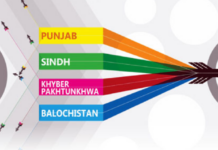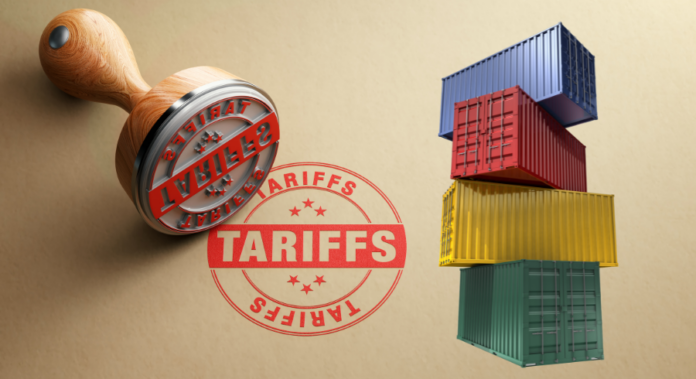The tariff rationalisation measures proposed in Pakistan’s 2025-26 budget, including changes in import duties, reductions in customs duties, and adjustments to Additional Customs Duties (ACDs) and Regulatory Duties (RDs), are set to cause an estimated revenue loss of Rs200 billion in the coming fiscal year, according to a news report.
According to the Federal Board of Revenue (FBR), the reduction in ACDs will result in a Rs126.7 billion revenue loss, while the changes to RDs will cause a loss of Rs57.7 billion.
In addition, a revision in customs duties is expected to contribute to a revenue shortfall of Rs15.6 billion. These adjustments in tariffs, which aim to rationalise the country’s tax structure, are a part of the broader fiscal reforms introduced in the 2025-26 budget.
Despite this revenue loss, the FBR has outlined several new taxation measures to offset the shortfall. One of the major proposals involves increasing taxes on profit from bank deposits. Previously taxed at 15%, the profit on debt tax rate will rise to 20%, bringing it closer to the tax rates applied to other income sources, which can reach up to 45%. This change is expected to generate Rs56 billion in additional revenue in 2025-26.
Another important revenue generation measure is the taxation of digital transactions, with the FBR estimating Rs26 billion in revenue from e-commerce and digital payments. Under the proposed system, a 1% tax will be applied to payments under Rs10,000, 2% for payments up to Rs20,000, and 0.25% for higher payments.
For cash-on-delivery payments, the tax rate will be set at 0.25% for electronic goods, 2% for clothing, and 1% for other goods. This move aims to expand the tax base and capture more revenue from the growing digital economy.
The FBR also expects to generate Rs20 billion from the imposition of a 10% sales tax on solar panels, a measure intended to fund renewable energy initiatives. In addition, the introduction of a 10% sales tax on goods from former tribal areas is projected to raise Rs30 billion. These measures aim to broaden the tax base and support government efforts to modernize energy and infrastructure sectors.
Further, Rs10 billion is expected to be raised from taxing profits generated through coupon washing, with a specific focus on Pakistan Investment Bonds (PIBs) and Treasury Bills (T-Bills). Another key tax reform includes rationalizing dividend tax rates on mutual funds, expected to generate Rs7 billion.
However, not all changes in the budget are geared towards generating additional revenue. The government has proposed removing the Federal Excise Duty (FED) on immovable properties, which is expected to result in a decrease in overall tax collections. Furthermore, the reintroduction of the housing loan tax credit for small residences may also negatively impact revenue collection, though it aims to provide relief to low-income homebuyers.
Another change in the fiscal structure is the withdrawal of concessional sales tax rates on hybrid vehicles. The sales tax on vehicles under 1,800cc, previously taxed at 12.5%, will now be taxed at the standard 18% rate. This is expected to generate Rs7 billion in revenue, while the government’s efforts to clamp down on the underreporting of vehicle prices will help enhance tax collection.
Additional measures include a proposed 5% tax on pension income exceeding Rs10 million for individuals under the age of 70, which is expected to raise Rs2 billion. Similarly, the FBR plans to increase the advance tax on offshore digital services from 10% to 15%, generating further revenue.
Despite the expected losses from tariff rationalization, the FBR is confident that the overall impact on tax collection will be positive. The FBR estimates a 7-9% increase in overall tax revenue, driven by factors such as improved economic growth, increased exports, better compliance, and reduced under-invoicing and smuggling. The FBR also anticipates that the tariff changes will lead to a 10-14% increase in exports.
Overall, the 2025-26 budget is designed to balance tariff reforms, tax increases, and targeted relief measures to support both fiscal stability and economic growth, with a projected Rs200 billion revenue loss from tariff rationalization offset by Rs156 billion in new taxation measures.























